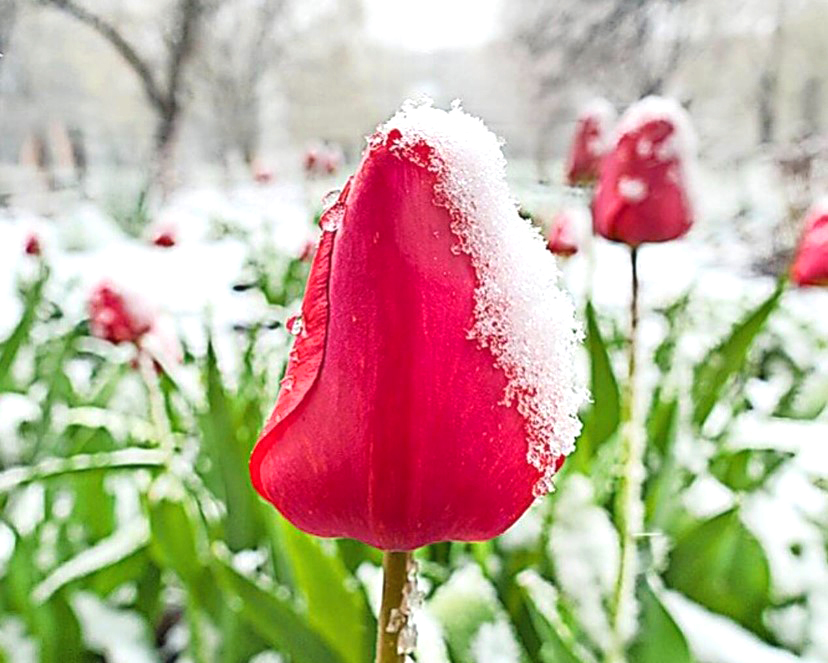Eisheilige 2025: The Ice Saints and Their Influence on Spring Weather and Gardening
Meta Description:
Explore the significance of the Eisheilige (Ice Saints) from May 11–15, 2025, and learn how this traditional period of potential late spring frost affects gardening practices in Germany.
Eisheilige, or Ice Saints, refers to a traditional period of cold temperatures, and potentially late frosts historically found around mid-May (May 11-15) in many areas of Europe, particularly in Germany. In 2025 this time will be particularly significant to gardeners and farmers, as it may have significant impacts throughout the spring planting and growth of crops.
The Eisheilige: why be mindful? Historical and cultural context!
The term “Eisheilige” originates from the feast days of five saints:
- May 11: St. Mamertus
- May 12: St. Pancras
- May 13: St. Servatius
- May 14: St. Boniface
- May 15: St. Sophia (known as “Kalte Sophie” or “Cold Sophie”)
These dates have been linked to a seasonal climate event that produces late spring frosts, which can damage young plants and crops. This tradition goes back to the Middle Ages and has served as a period of caution for farmers, believing that no planting would occur until after these dates in order to avoid frost damage.
Eisheilige 2025: Weather Predictions and the Garden
In 2025, the meteorological forecast is for an overall mild May but cold nights with the potential for ground frost cannot be eliminated during the Eisheilige . Gardeners must keep a close watch on local weather forecasts and cover any vulnerable plants during this time.
Frost has historically occurred during the Eisheilige years and while climate has changed, the tradition is still an important part of agricultural planning.
Gardening Tips for the Eisheilige Period
To safeguard your garden during the Eisheilige:
- Delay Planting: Postpone planting frost-sensitive plants until after May 15.
- Use Protective Coverings: Employ cloches, fleece, or other coverings to shield plants from potential frost.
- Monitor Weather Forecasts: Stay updated with local weather reports to anticipate any sudden temperature drops.
- Choose Hardy Varieties: Opt for plant varieties known for their resilience to cooler temperatures.
Conclusion
This memory of the Eisheilige allows us to review the unpredictability of spring weather and careful planning in gardening/agriculture. The gardeners’ ability to embrace historical memory and their vigilance about the climate was interesting. While respecting memory, gardeners can take any actions required to protect their plants as the month of May unfolds during this timeless time of potential frost.
Keywords: Eisheilige 2025, Ice Saints, May frost Germany, spring gardening tips, late spring frost, Kalte Sophie, Mamertus, Pancras, Servatius, Boniface, Sophia, planting after Eisheilige, gardening in Germany, spring weather patterns, frost protection for plants
![]()

